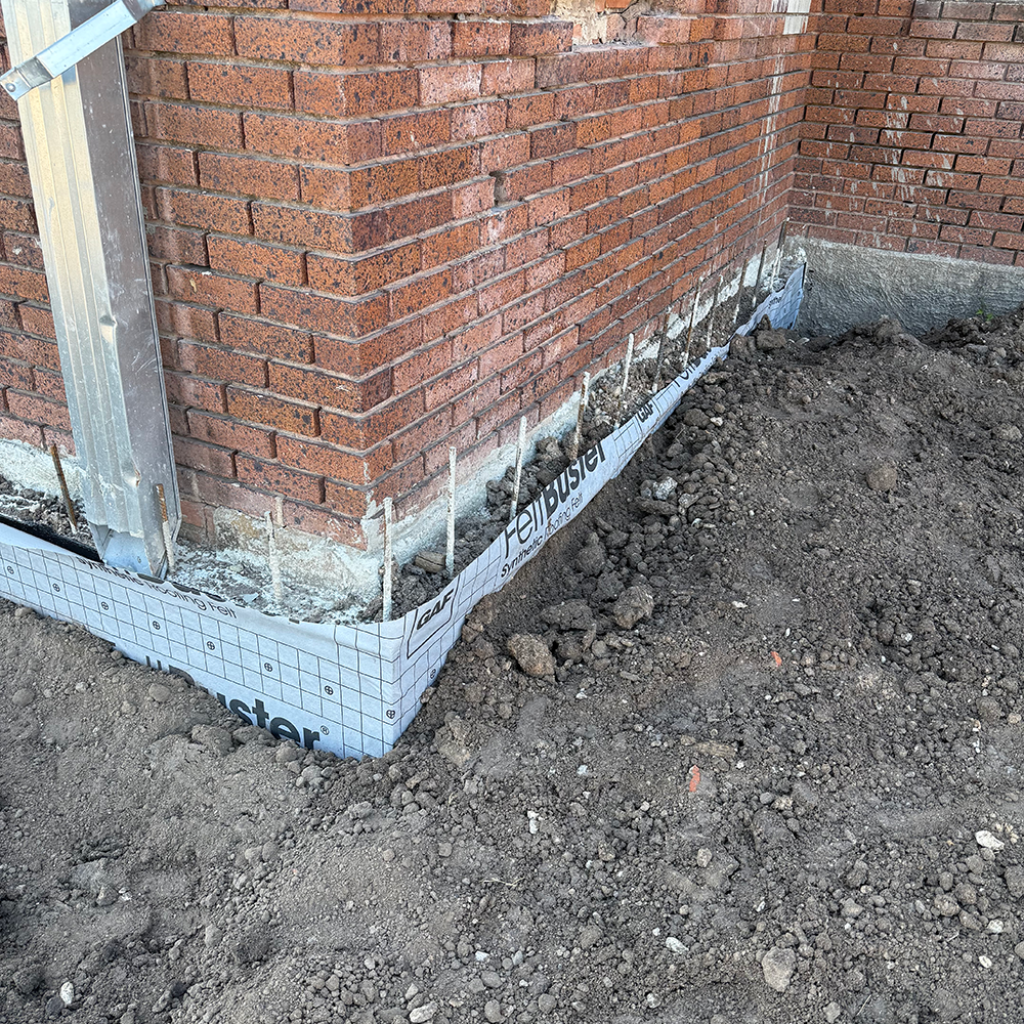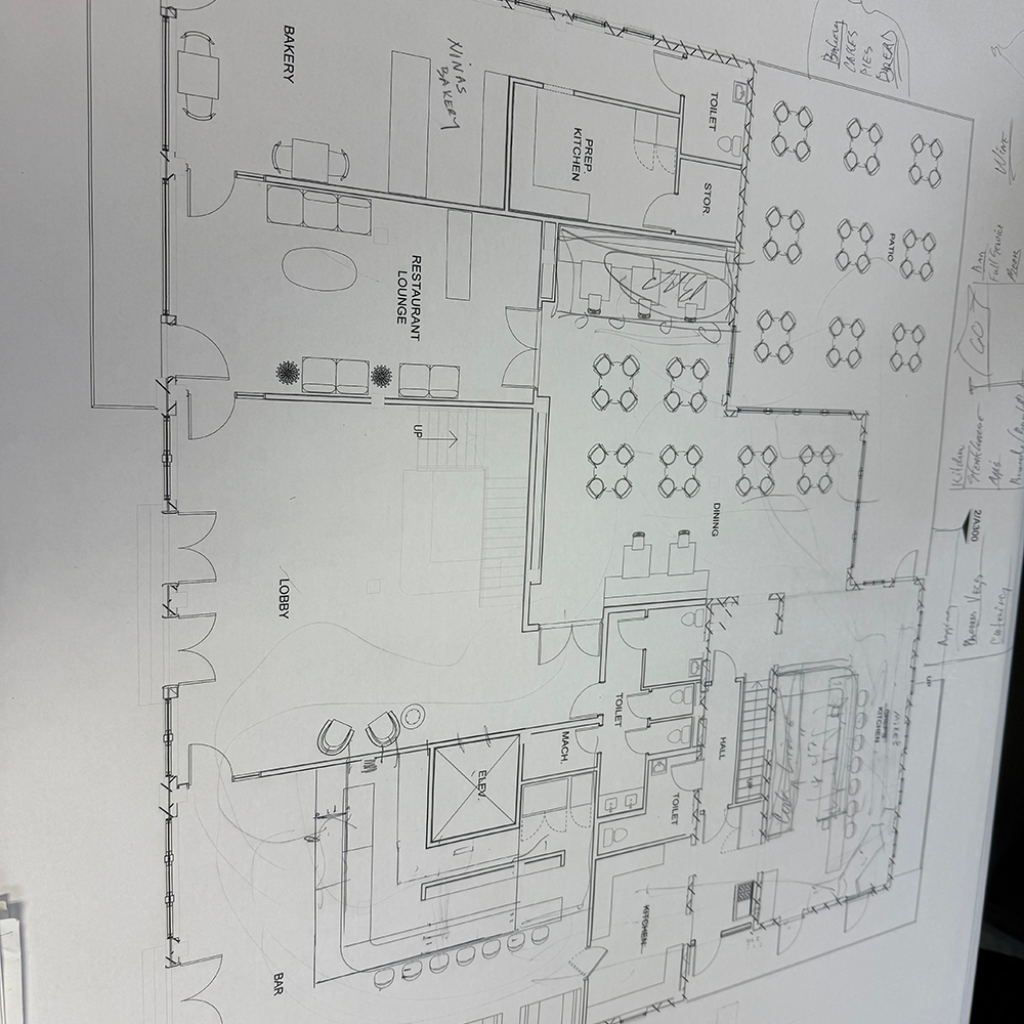Restoring South West Texas History One Brick at a Time....
Fixin The Hardstuff
As you probably know this is serious business to get The West into prime condition.
Repairing the foundation and structure of a building is a critical process that begins with a thorough inspection to assess the extent of damage and identify the underlying causes. Common issues include soil movement, water damage, poor construction, or natural disasters. Structural engineers typically conduct this assessment and may use tools like laser levels, soil tests, and ground-penetrating radar to determine the stability of the foundation. Once diagnosed, a detailed repair plan is developed, tailored to the specific needs of the building and local conditions.
Foundation repair techniques vary depending on the type of foundation and the severity of the damage. For slab foundations, methods like slab jacking or polyurethane foam injection can lift and level the concrete. For deeper structural issues, underpinning techniques such as using helical piers or steel push piers are employed to stabilize and reinforce the foundation by anchoring it to load-bearing soil or bedrock. Waterproofing and drainage improvements are often added to prevent future damage from water infiltration, which is a leading cause of foundation issues.
Structural repairs often go hand-in-hand with foundation work, especially if damage has spread to load-bearing walls, beams, or floors. Cracks in walls, misaligned doors or windows, and sagging floors are indicators that structural elements may need reinforcement or replacement. Repairs might involve installing new support beams, reinforcing joints with steel brackets, or replacing damaged framing. Throughout the process, safety and code compliance are paramount, and all work must adhere to local building regulations. Once repairs are complete, regular maintenance and inspections are essential to ensure long-term stability and performance.
The West is a huge project but we know its worth it!




